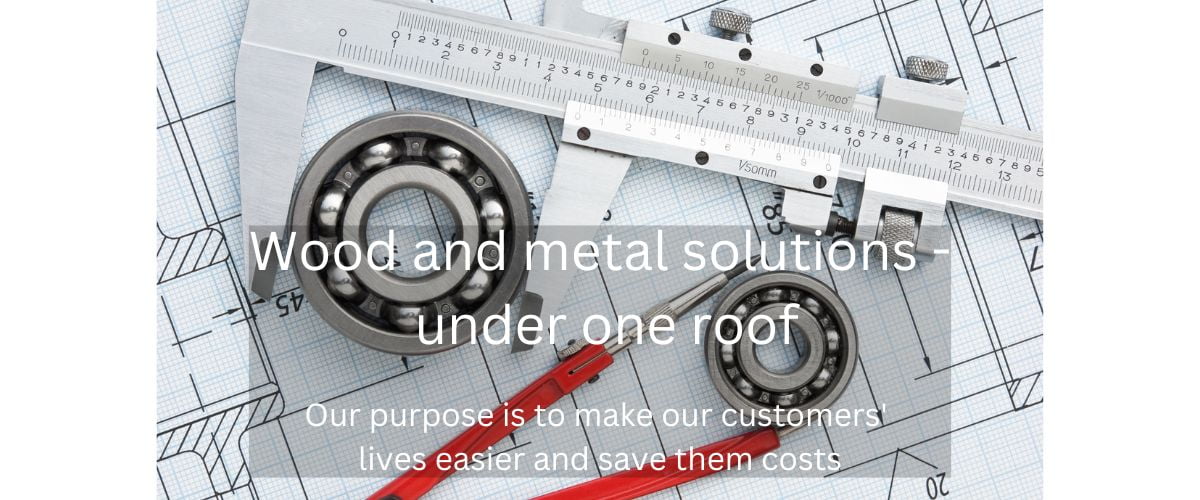Mild Steel
Mild steel is also known as carbon steel or plain carbon steel. This is due to its composition from iron and carbon, plus lesser elements. The lesser elements are too minimal to affect the properties of the alloy.
The term ‘mild steel’ refers to steels that have a low carbon content (max of 0.3%), but which also have material properties which are highly suitable for fabrication. Properties include: its good strength, its suitability to be bent and formed into a wide variety of shapes and its ability to be welded. This makes it ideal for many uses.
It is also the least expensive type of steel, which combined with its usefulness, makes it the most common steel used.
Properties of Mild Steel
Having a low carbon content of 0.05% to 0.3% means it is neither extremely brittle nor extremely flexible.
The low carbon content makes it soft, like iron so whilst it is tough and durable, it is also malleable and ductile which is ideal for us to engineer and form. It is also less expensive, although it rusts easily.
A higher carbon content would make it stronger but also harder, less flexible and more difficult for us to weld because it has a lower melting point, as well as being more expensive.
Mild steel comes in different forms. At Dymond we use it in sheet, tubular and wire form to fabricate our metal products.
Fabrication of Mild Steel
The nature of mild steel makes it very suitable for engineering and fabrication which is why it is so popular, and why we work with it.
The low carbon content makes it less brittle enabling it to flex so we can bend, fold, punch and laser cut it into shapes and forms without it breaking. It also has higher heat resistance so we can weld it.
Mild steel easily rusts and therefore must be protected by a seal. We use EPC powder coating or electro-plating to prevent damage from rust, and give an attractive, durable finish.
Uses of Mild Steel
Because mild steel is such a highly versatile material it is used to produce many everyday objects as well as for commercial goods and projects, especially if a large amount of metal is needed.
At Dymond Engineering we use mild steel to fabricate bespoke metal products including desk and table frames and legs, trollies, stands, enclosures, shelves, retail display stands and shop fittings, brackets and component metal parts.
Stainless Steel
Stainless steel is a steel alloy which contains at least 10.5% chromium.
It is because of the chromium that stainless steel does not easily corrode, rust or stain like mild steel does, although it is not fully stain-proof, particularly in adverse conditions such as salt or lack of air.
Stainless steel is ideal in environments which need both a resistance to corrosion and the properties of steel, as well as for its aesthetic appearance.
Properties of Stainless Steel
Unlike mild steel, which rusts readily when exposed to air and moisture, the chromium in stainless steel forms a corrosion-resistant and invisible chromium oxide film. This film is resistant to water and air and therefore prevents corrosion both on and beneath the surface. It is also lustrous and tough, and if the film is scratched or damaged it reforms quickly in oxygen, thus repairing itself (called passivation).
Fabrication of Stainless Steel
Stainless lends itself to fabrication as well as mild steel. It can be cut, formed, welded, and machined, from tube, coil, sheet and blanks.
Benefits of Stainless Steel









